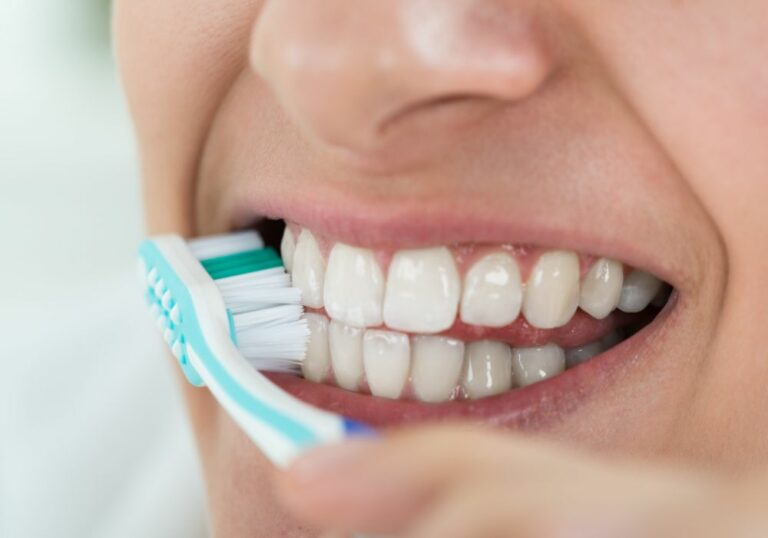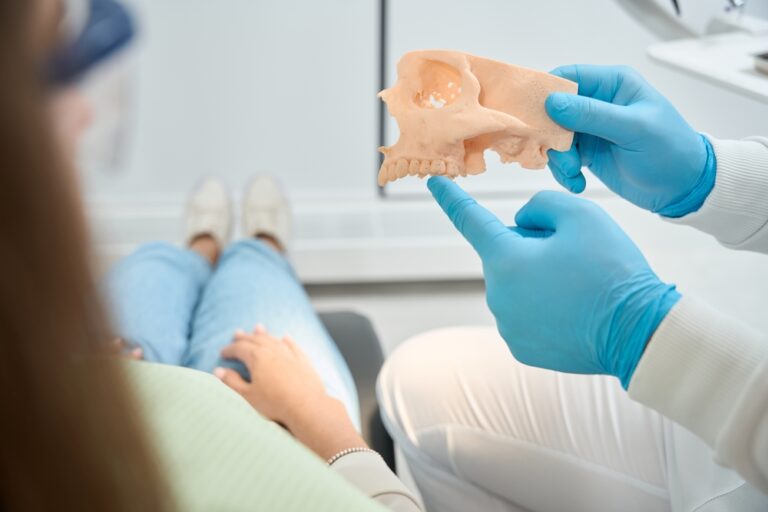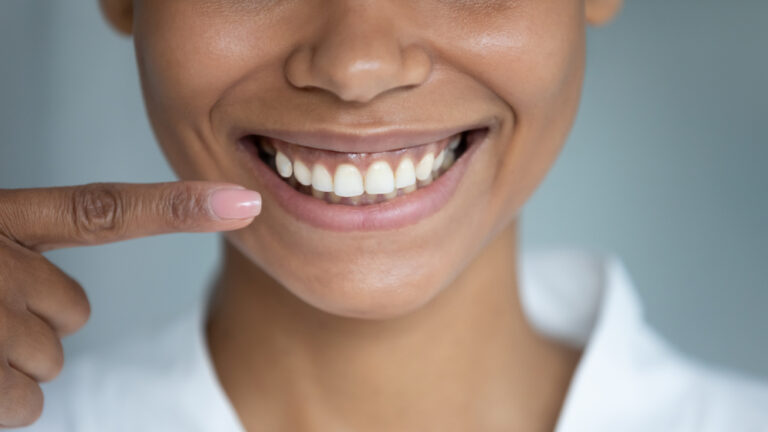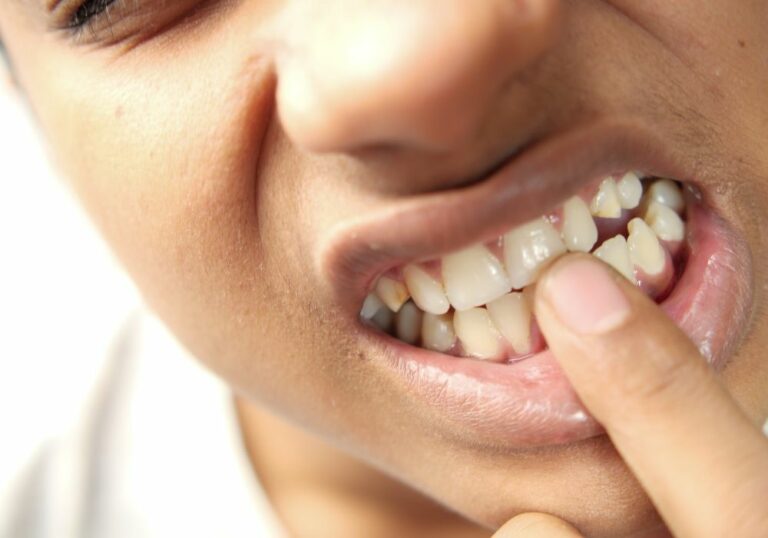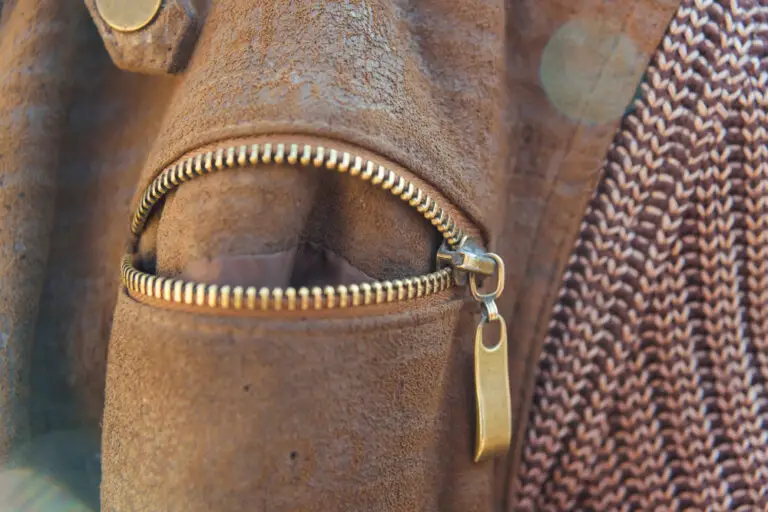Canine teeth, also known as cuspids, eye teeth, or fangs, are the long and pointy teeth located on each side of the incisors in both the upper and lower jaws. Their unique shape and position make them useful for grasping and tearing food. But are canine teeth actually more painful than other teeth when problems occur? Let’s take a deeper look at the anatomy, issues, and pain levels associated with canine teeth.
Anatomy of canine teeth
Canine teeth have the longest root of any teeth in the human mouth. The roots anchor the teeth firmly into the upper and lower jaw bones. Each canine tooth has a single large root that can extend over an inch into the bone [^1]. This extensive root system provides strength and support to withstand the forces generated by biting and tearing motions.
In addition to the long root, canine teeth have a distinct shape with a pointed cusp on the crown. The cusps are useful for piercing and holding food. The inner portion of the tooth crown has a concave surface that provides extra strength [^2].
Common problems with canine teeth
Some common problems that can occur with canine teeth include:
- Tooth decay – The grooves on the chewing surface can trap food and plaque, increasing the risk of cavities.
- Cracked tooth – Cracks can form and extend down through the root due to injury or excessive biting forces.
- Impacted canine – An impacted tooth becomes stuck in the jawbone and fails to erupt properly. This often requires extraction.
- Periodontal disease – Bacteria accumulate around the large root surface below the gumline, leading to infection and bone loss.
- Orthodontic issues – Misaligned canines may protrude or grow impacted. Canines serve as important anchor teeth during orthodontic treatment.
Comparing pain levels
So how does the pain from issues with canine teeth compare to other teeth? There are a few factors that influence pain levels:
- Nerve supply – Canine teeth are supplied by a robust nerve bundle entering through the tip of the long root. But all teeth have similar levels of innervation.
- Infection – An infected canine tooth may cause intense, throbbing pain due to inflammation applying pressure on the nerve. Infection can occur with any tooth.
- Position – The roots of canine teeth are close to the maxillary sinus in the upper jaw. Infections can spread and cause sinus pain.
- Purpose – Canines serve an important biting and tearing function. Problems with canine teeth often make eating more difficult and painful.
Overall, issues with canine teeth are not necessarily more intrinsically painful than problems with incisors, premolars, or molars. But due to their position and role, canine tooth pain may be felt more acutely by some patients. Prompt dental treatment is recommended for any tooth pain.
Common causes of canine tooth pain

Pain from canine teeth usually indicates an underlying problem requiring professional dental care. Here are some of the most common causes of canine tooth pain:
Dental caries
Dental caries, also known as cavities or tooth decay, is a breakdown of the tooth enamel and underlying dentin. Caries allow bacteria to infect the tooth pulp, which contains the nerve. Without treatment, caries can lead to infection, abscesses, and tooth loss.
Canine teeth are susceptible to caries, especially in the grooves on the chewing surface. The maxillary canine teeth are also placed near several other teeth, increasing the chance of decay spreading to additional areas.
Symptoms
- Toothache when eating or drinking hot/cold foods
- Lingering pain that gets worse over time
- Visible pits or holes in the teeth
Cracked tooth
Cracks in a canine tooth may form due to trauma, grinding, or excessive biting pressure. The cracks allow bacteria and fluids to seep down to the pulp. If left untreated, this can lead to infection and inflammation.
Symptoms
- Sharp pain when biting down
- Pain when eating hard foods
- Sensitivity to hot and cold
Periodontal disease
Chronic gum disease damages the tissues supporting the teeth, including the periodontal ligament and alveolar bone. Bacteria accumulate on the surfaces of the canine tooth roots below the gumline. As the disease advances, the tissues and bone recede from the teeth.
Symptoms
- Red, swollen, or bleeding gums
- Persistent bad breath
- Teeth feel loose or separation of teeth
- Pus discharge around teeth
- Changes in tooth alignment
Orthodontic issues
Problems may arise during orthodontic treatment involving the canine teeth. For example, if a canine becomes impacted or erupts in the wrong position, it can impinge on other teeth or tissues and cause pain. Braces and wires can also put pressure on teeth.
Symptoms
- Dull, constant ache
- Tenderness of teeth and gums
- Discomfort from pressure caused by orthodontic appliances
Dental injury/trauma
Injury to a canine tooth may result from sports, falls, accidents, or trauma. The impact can crack the tooth, displace it, or completely avulse it out of the socket. Damage to the pulp or surrounding tissues is often painful .
Symptoms
- Sharp, sudden pain at time of injury
- Tooth fracture or chipping
- Bleeding from gums around tooth
- Tooth feels loose or out of alignment
Diagnosis and treatment
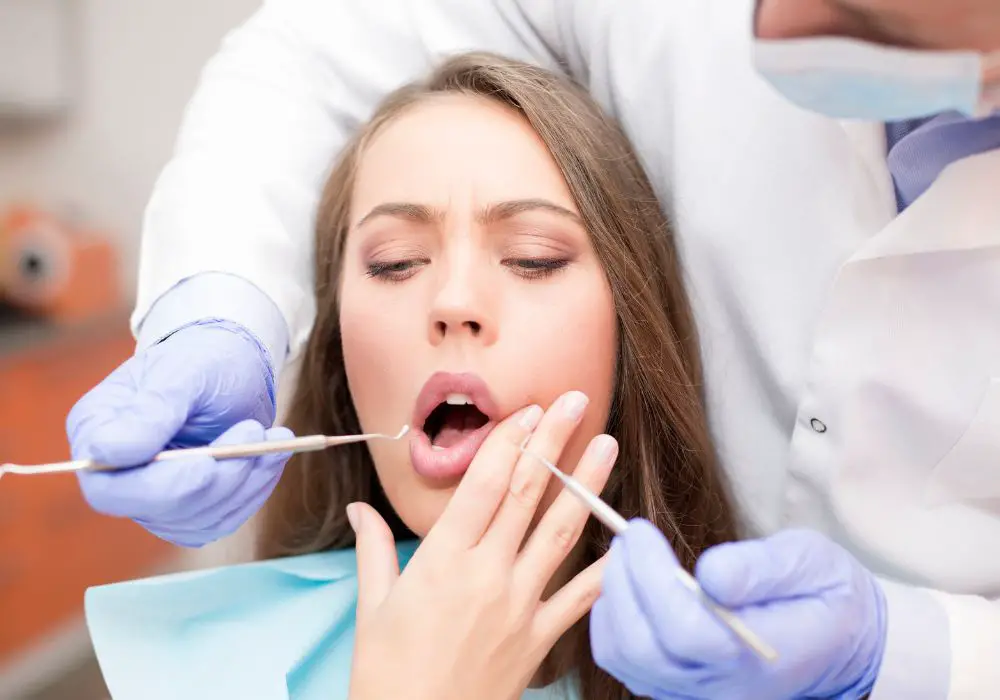
Severe or persistent canine tooth pain should be evaluated by a dentist. The dentist will examine the tooth, check for cracks or caries, evaluate gum health, and may order X-rays. Tests for pulp vitality can also help determine if the nerve is still healthy.
Depending on the cause of pain, several treatment options may provide relief:
- Fillings – Small and mid-size cavities can be treated with dental fillings.
- Root canal – Removes infected pulp and protects the tooth from extraction.
- Extraction – Required for non-restorable tooth decay, severe cracks, impaction, or injury.
- Crowns – Cap the tooth for additional support after cracks, decay, or root canal.
- Periodontal surgery – Treats advanced gum disease and stimulates regrowth of bone.
- Orthodontic adjustment – Relieves pain from orthodontic appliances by removing irritants.
Proper oral hygiene and regularly scheduled cleanings help prevent many problems with canine teeth. But even with good care, issues sometimes arise requiring dental treatment.
Impact of canine tooth loss
Due to their important role in biting, tearing, and anchoring teeth, loss of the upper and lower canine teeth can significantly impact oral function:
- Chewing ability – Missing canines reduce the ability to grip and tear tougher foods. Overclosure of opposing teeth also changes chewing motion.
- Tooth migration – Adjacent teeth may shift position or supraerupt into the space left by a missing canine. This affects the bite.
- Bone loss – The empty tooth socket leads to localized alveolar bone resorption. This causes additional shifting.
- Aesthetics – Canines are visible teeth that strongly impact the appearance of smiles and facial profile.
To prevent these effects, missing canines should be replaced with dental restorations:
- Dental implant – Titanium implant fused to the jawbone replaces the entire tooth and preserves bone.
- Fixed bridge – Adjacent teeth are crowned to support a false tooth replacing the canine.
- Removable partial denture – Plastic and metal appliance with false teeth can replace multiple missing teeth.
With prompt treatment, most problems with canine teeth can be resolved before tooth loss occurs. Protecting the canines helps maintain a healthy, functional bite.
Conclusion
In summary, canine teeth are not inherently more painful than other teeth when conditions like decay, cracks, or gum disease occur. Their positioning can lead to some localized pain differences. But all dental issues have the potential to become quite painful if left untreated. Practicing good oral hygiene and seeing a dentist regularly for checkups and cleanings are the best ways to prevent canine tooth pain and tooth loss.
Frequently Asked Questions about Canine Tooth Pain
Here are answers to some common questions about canine tooth pain:
Q1. Why does my canine tooth hurt when I bite down?
Pain when biting down is most often caused by a cracked tooth. Cracks allow fluid movement that irritates the nerve. See a dentist right away to evaluate the crack before it worsens.
Q2. My canine is sensitive to hot and cold. What does this mean?
Sensitivity is usually a sign of tooth decay. Hot and cold can penetrate through channels in the enamel and dentin to reach the nerve. Make an appointment to have the tooth evaluated for caries.
Q3. Is a canine tooth easier to extract than other teeth?
No, canine teeth are not easier to extract. Their long roots anchored deeply into the jaw bone make extraction more difficult. Removing canines has a higher risk of fracturing the jaw bone.
Q4. Why does my upper canine tooth hurt when I press on my cheek?
This refers pain to the cheek is likely caused by infection and inflammation from the canine tooth spreading to the maxillary sinus. You should see a dentist immediately since sinus infections can become serious.
Q5. I was hit in the mouth playing sports. Now my canine tooth really hurts. What should I do?
Seek emergency dental care right away after any trauma to the mouth. Cracked, displaced, or knocked out teeth require immediate treatment to have the best chance of saving the tooth. Severe dental pain after injury could indicate pulp damage.

